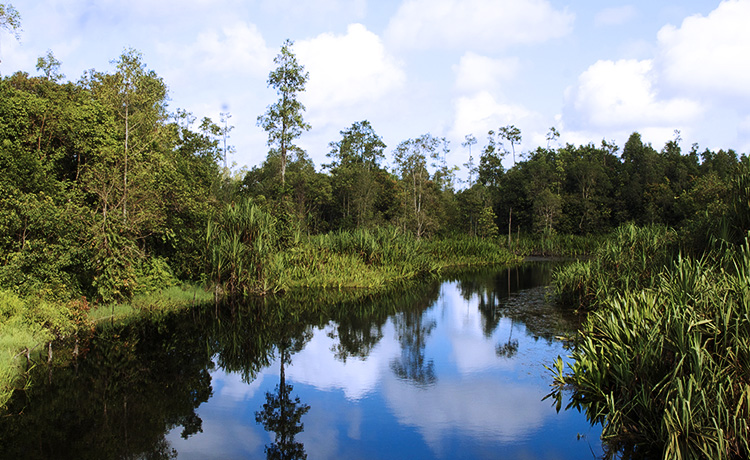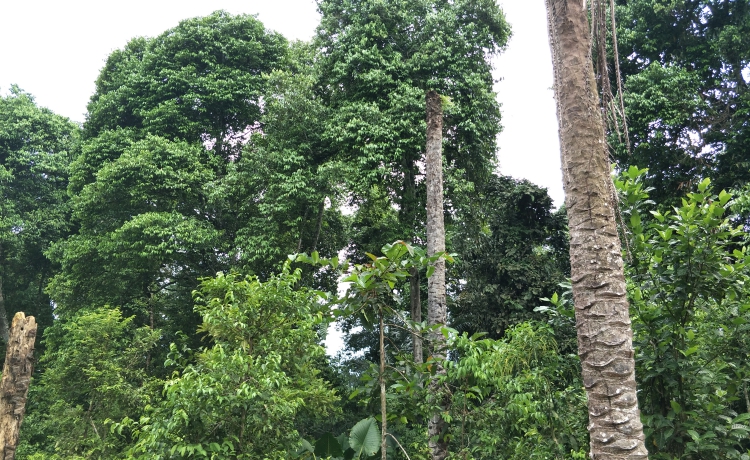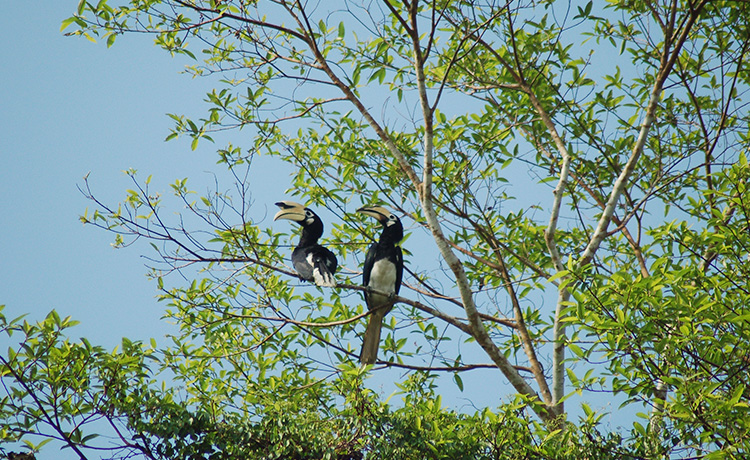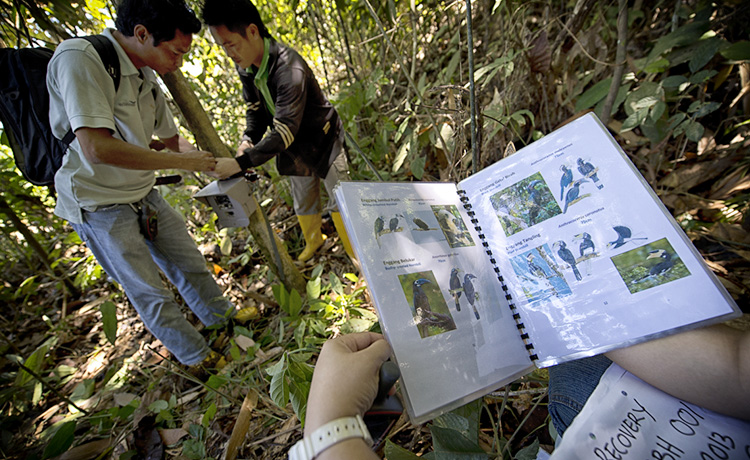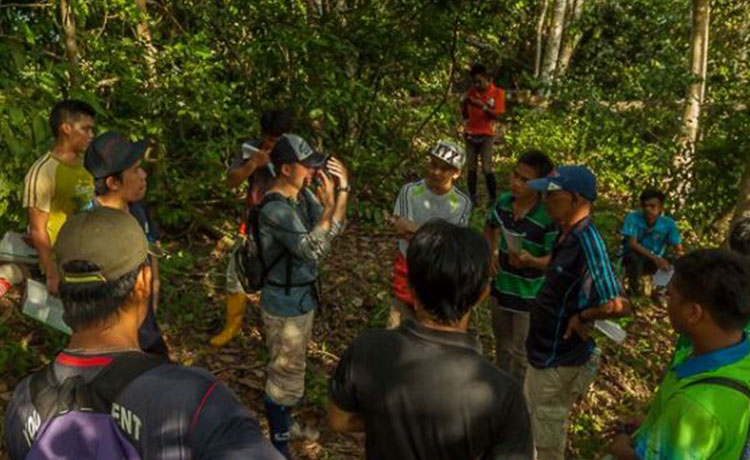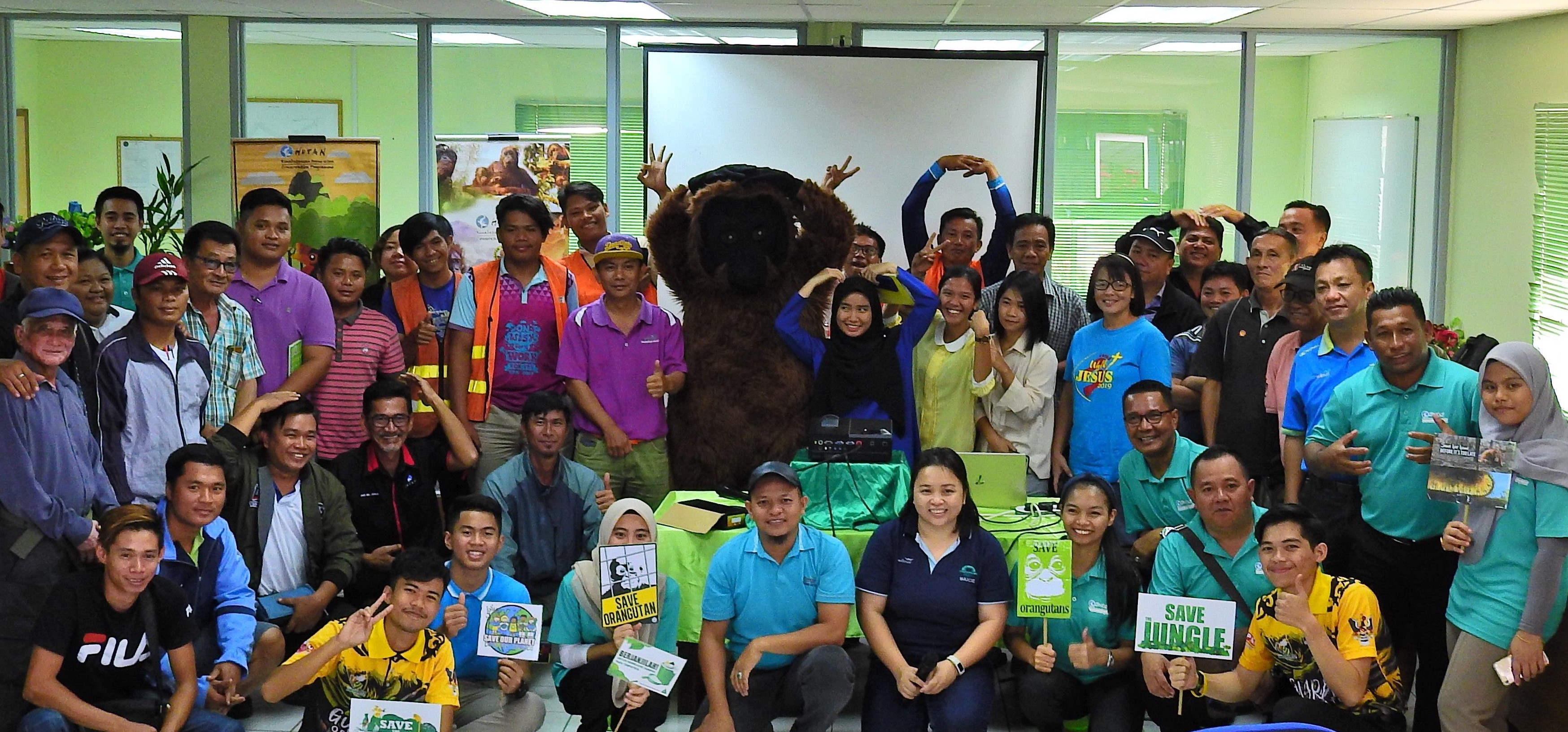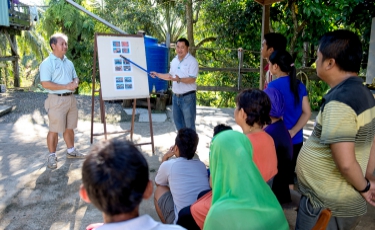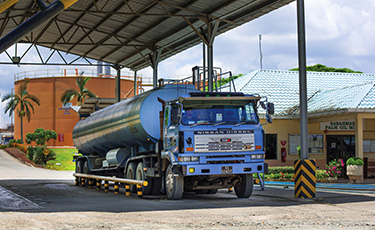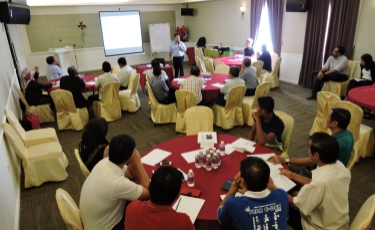Conservation
Wilmar has had a history of investing in conservation, using the concept of High Conservation Value (HCV) assessments even at the beginning of its adoption for sustainable palm oil production from 2005. Since 2013, our investment into conservation has
been expanded to include High Carbon Stock (HCS) areas which are enshrined in our No Deforestation, No Peat, No Exploitation (
Joint HCV – HCS assessments
From November 2017, Wilmar will also be adopting integrated HCV-HCSA assessments for future developments. These assessments will be led by ALS-licensed assessor who will be required to follow the new HCV-HCSA Assessment Manual. The resulting report will be submitted to the HCV Assessor Licensing Scheme Quality Assurance scheme. Requirement to conduct integrated HCV-HCSA assessments by licensed assessors is also applicable to Wilmar's suppliers prior to any new land development activities.
Biodiversity Conservation
About ten percent of Wilmar's total landbank has been set aside for conservation areas within Wilmar’s production landscapes in Malaysia, Indonesia and Africa for biodiversity conservation. Our conservation areas consist of a variety of ecosystems such as lowland and hill dipterocarp, peat and mangrove forests, with varying degrees of density and quality.
We are managing our biodiversity, maintaining and sustaining its ecological functions and resilience of all HCV and conservation areas of Wilmar in accordance with the international and national standards through biodiversity conservation; building ecosystem resilience, multi stakeholders’ engagement, collaboration and partnership with various NGOs, universities and communities.
We integrate landscape conservation and precautionary approach in our conservation and operation areas to avoid and minimize biodiversity impact especially those in close proximity to IUCN category- 1-IV protected areas, critical biodiversity important areas that gazetted under the national/state law or/and those areas designated under regional agreement and international conventions. Biodiversity impact in the supply chain (if any) will be addressed via restoration and conservation projects under the recovery plan as part of the re-entry criteria.
Protection of biodiversity is also addressed and governed under the national and state law and CITES. Wilmar’s sustainability policy is abiding by country rules and regulation and it is applicable to Wilmar’s own operation and all third-party suppliers.

